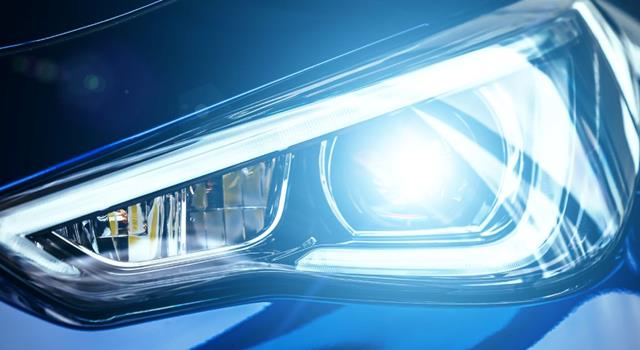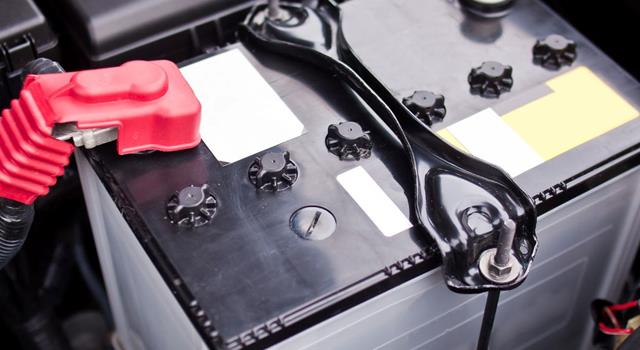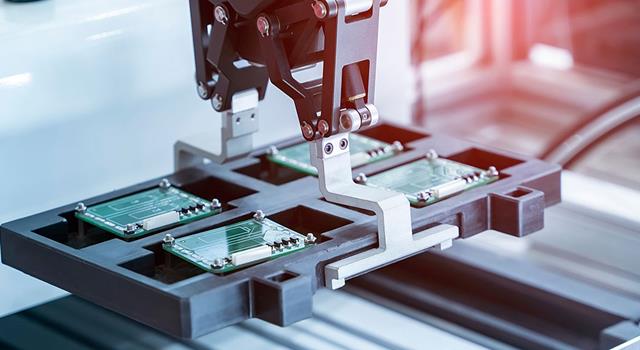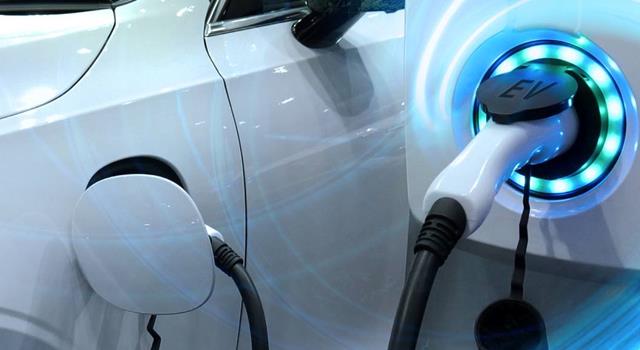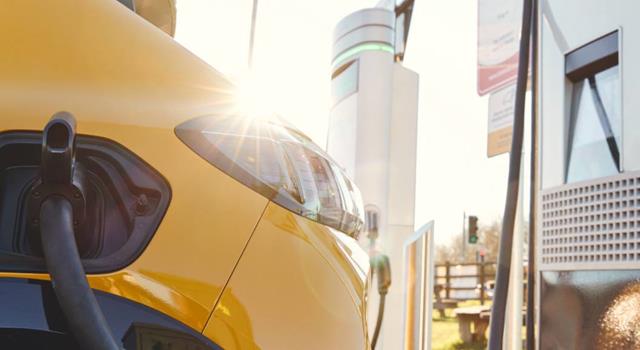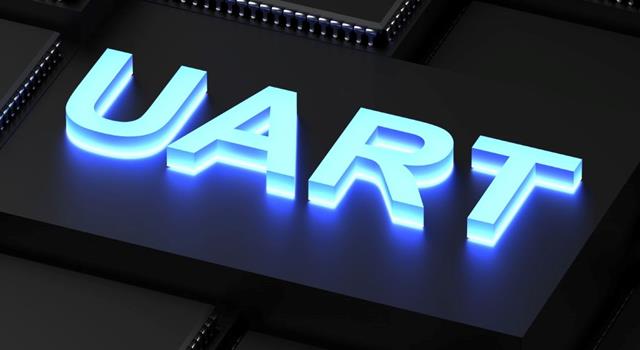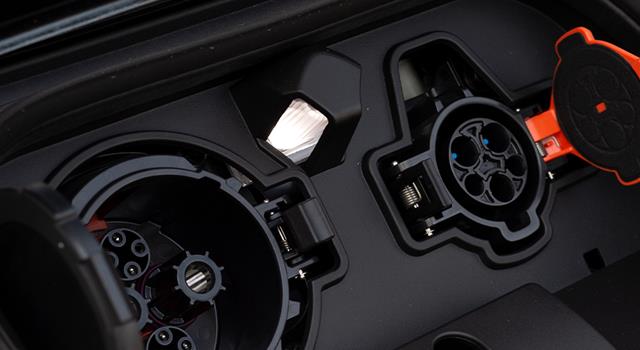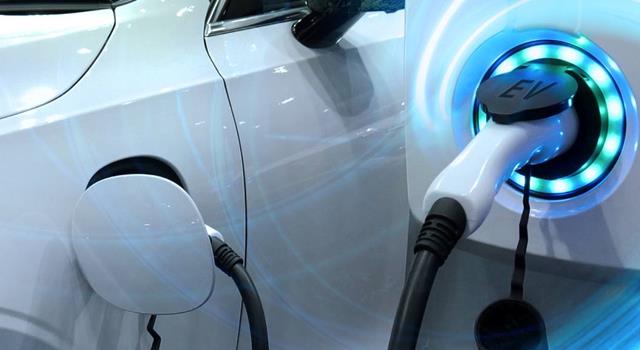As electric vehicles (EVs) continue to gain popularity, understanding how and where to charge them becomes essential for owners and prospective buyers. Unlike traditional gas-powered cars, EVs rely on charging infrastructure that varies widely in speed, convenience, and location. This guide will walk you through everything you need to know about charging EVs, whether at home or on the road, to help you make the best decisions for your lifestyle.
Introduction to EV Charging
Charging an electric vehicle is different from refueling a gasoline car in terms of time, cost, and planning. Instead of stopping at a gas station, EV drivers can rely on a network of chargers at home, work, and in public spaces. While charging requires a bit more forethought, it’s an accessible, often more economical option, with many charging solutions available. With the right approach, charging becomes an easy part of EV ownership.
Charging Basics: How EVs Recharge
EVs recharge by drawing electricity into their batteries, which then powers the motor. There are two main types of vehicles that require charging:
- All-Electric Vehicles (EVs): Rely entirely on electric power, with larger batteries that need regular recharging.
- Plug-In Hybrid Electric Vehicles (PHEVs): Combine a gasoline engine with an electric battery, allowing drivers to use either fuel source.
Charging can be done at several locations, with most EV drivers opting to recharge at home, while public and workplace chargers serve as convenient options when extra range is needed.
Types of Charging Levels
- Level 1 Charging (120V)
- Overview and Suitability: Level 1 charging uses a standard household outlet and is typically included with the vehicle. This method adds about 9 km (5 miles) of range per hour, making it the slowest option but suitable for drivers with short daily commutes.
- Safety Tips: Use a dedicated outlet and avoid extension cords to prevent overheating. This basic setup may not work for high-mileage drivers but is convenient for top-ups.
- Level 2 Charging (240V)
- Overview and Efficiency: Level 2 chargers, which require a 240V outlet, are significantly faster, adding around 22-45 km (15-30 miles) of range per hour. They are ideal for most EV drivers and can fully charge the battery overnight.
- Installation Requirements: Typically installed in homes with professional help, these chargers may require upgraded electrical circuits.
- Benefits: Level 2 chargers are convenient, cost-effective, and suitable for daily use, offering reliable overnight recharging even with long commutes.
- Level 3 Charging (DC Fast Charging)
- Fast-Charging for Long Trips: Available mainly in public spaces, Level 3 charging (also known as DC fast charging) provides a high-speed charge, adding 100-250 km (60-150 miles) in about 30 minutes.
- Limitations for Home Use: Due to high power demands and installation costs, Level 3 charging is generally unavailable for residential use and better suited for highways and travel hubs.

Choosing the Right Charger for Home Use
- Factors to Consider:
- Assess your daily mileage, battery capacity, and charging needs. Level 2 is usually best for regular, higher-range EV drivers.
- Evaluate installation costs and explore potential state or utility incentives that can offset expenses.
- Level 2 Charger Options:
- Wall-mounted units are popular for fixed installations, while plug-in models offer flexibility.
- Consider "smart" models that allow you to schedule charging sessions, monitor usage, and adjust settings remotely.
- Installation Process:
- Safety and Compliance: Certified electricians can assess your home’s electrical capacity and safely install the charger. Some cities require installation permits to ensure compliance with local codes.
Understanding Public Charging Infrastructure
- Where to Find Public Chargers:
- Public charging options, including Level 2 and DC fast chargers, are common at workplaces, shopping malls, and highways, giving drivers options for topping up while out.
- Navigating Fast-Charging Networks:
- Popular Networks: Tesla Supercharger, ChargePoint, and Electrify America are among the largest networks, each with an app and member accounts to help you locate and access chargers.
- Compatibility: Multi-network access and "plug-and-charge" options are making it easier to connect to various networks seamlessly.
- Future of Charging Compatibility:
- With more automakers offering universal plug compatibility, accessing multiple networks will continue to get easier, improving the convenience of public charging.
Costs of Charging an EV
- Home Charging Costs:
- Charging at home is generally less expensive than gasoline refueling. By calculating cost per mile based on electricity rates and vehicle efficiency, drivers can estimate their savings. Charging during off-peak hours offers additional savings, especially if your utility provider offers discounted nighttime rates.
- Public Charging Costs:
- Many public stations charge per kWh or per minute, with rates that vary by location. While public charging may be more expensive than home charging, it’s generally still cheaper than gasoline.
EV Charging Etiquette
- Respecting Public Charging Spaces:
- Be courteous to fellow EV drivers by moving your car once fully charged, especially at high-demand stations. Some networks may penalize extended usage beyond charging time.
- Sharing Limited Resources:
- Plan for alternate charging locations, report faulty equipment, and keep cables safely stored to maintain access for all EV users.
Planning for the Future of EV Charging
- Advancements in Charging Technology:
- New fast chargers (350kW+) and high-capacity EVs are becoming available, enabling even faster charging.
- Increased Availability and Home Integration:
- The continued expansion of public chargers, alongside home solar options and storage systems, will make EV ownership increasingly affordable and sustainable.
- The continued expansion of public chargers, alongside home solar options and storage systems, will make EV ownership increasingly affordable and sustainable.
Conclusion
Charging an electric vehicle at home or on the road offers flexibility and can significantly reduce driving costs. Level 2 home chargers provide the best balance of convenience, speed, and affordability, while DC fast charging is ideal for longer trips. With advancements in public infrastructure and technology, charging an EV is becoming easier and more accessible, paving the way for a cleaner, more sustainable driving experience.






